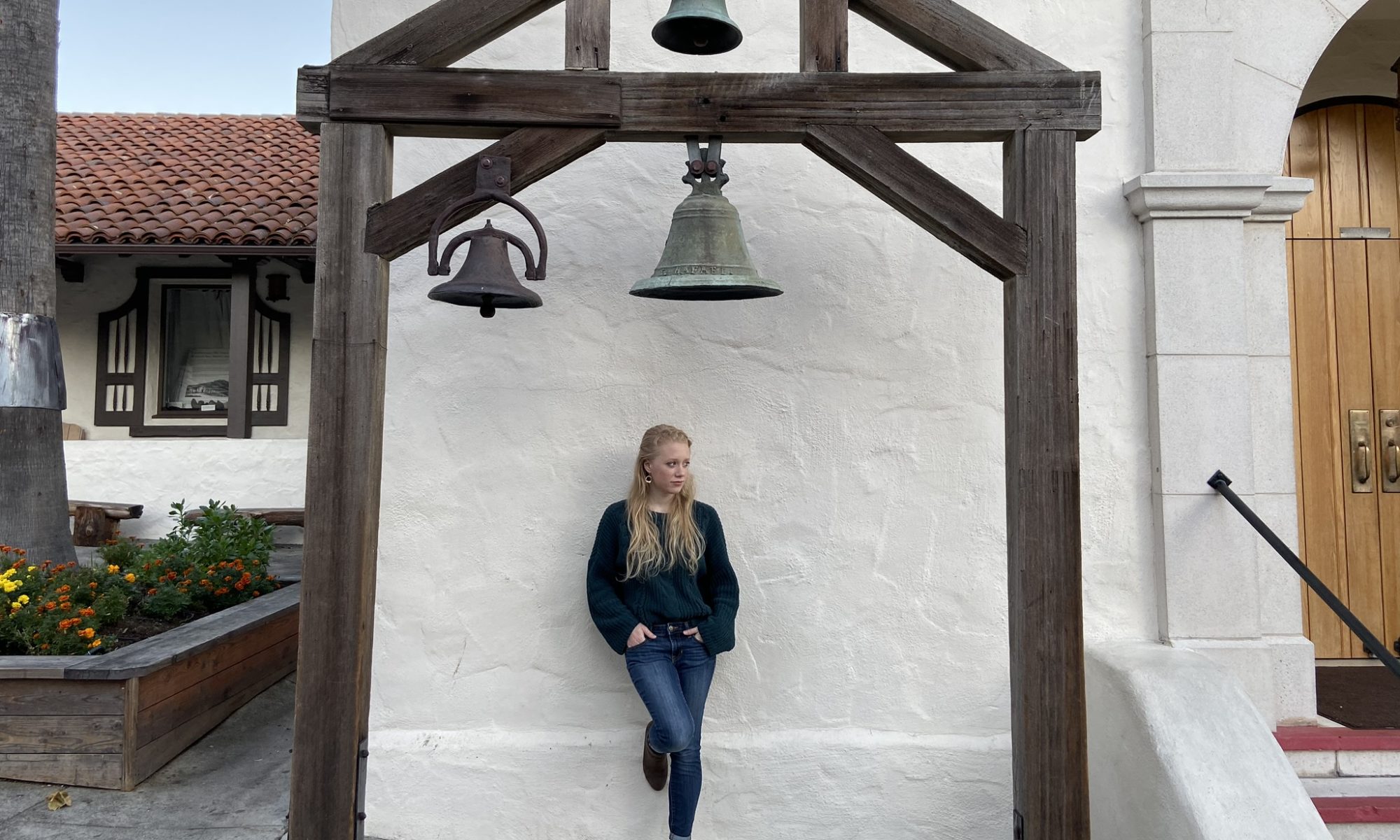One of Martin Luther’s biggest legacies is biblical accessibility. In the 1500s, printing the Bible in the vernacular opened up a radical new possibility: relationship with God on a personal basis, not one mediated by the clergy.
Today, of course, it’s a given that our Bibles will be in English. But many Protestant churches have continued to open the Bible to believers through Bible studies and book groups exploring theology and Biblical scholarship.

That way, congregants can experience God through the Bible on their own.
In my research for this article on liturgical education, then, I found it rather surprising that we don’t cultivate that same openness with our liturgy. Given the Protestant emphasis on accessibility, I thought I would find at least a few resources to educate children and/or adults on Protestant liturgy.
I came up pretty empty-handed. The one lesson plan I did find in progressive Protestant circles was from the Presbyterian tradition. It’s in the form of a three-day retreat for newly elected elders and Session members—not something the average layperson can experience.

Rather ironically, on the other hand, Catholic resources abounded. My searches there turned up a parade of results for both children and adults to sink deeply into the liturgy, understanding each and every part on an intellectual and sensory level. Moreover, there was a deep appreciation for the importance of liturgical education in the average person’s faith.
Protestants, on the other hand, apparently haven’t given as much thought to the subject. Liturgical education is mostly left, instead, to clergy with seminary degrees. This leaves the average believer without the formation necessary to get the most out of the liturgy.
This pattern is the very opposite of our distinctive Protestant emphasis on direct connection and accessibility between God and humanity. So, this week, we’re talking about liturgical education, both for kids and adults.
Liturgical Education for Kids

Liturgical education becomes especially important as children grow old enough to transition into part or all of the service. If they don’t understand what’s going on and why, they’ll probably be bored. That will make the liturgy harder for them to sit through (and hard for their parents).
On the other hand, a solid foundation in the liturgy means they will come into worship equipped to understand the sacred-ness of that time in the sanctuary. Hopefully, they will gain an understanding of both the things that the pastor is doing and things that the congregation does in response—and how these pieces work together to worship God and teach us how to follow the Spirit.
If they can connect with these elements from an early age, they will have a head start in developing a personal relationship with God through the liturgy.

Providing this liturgical education in a Sunday School setting allows them to slow down and experience each part of the service individually, at their pace and in language and images they can understand. They can explore the liturgy through all their senses, as well as intellectually.
This Catholic curriculum, for example, expands upon the Liturgy of the Word. It focuses heavily on re-creating worship in an environment where kids can go through it more slowly or take time to reflect on individual pieces.
Of course, kids copy their parents. If the adults in the congregation aren’t engaged in the liturgy, their kids probably won’t be, either. Which brings us to our next topic.
Liturgical Education for Adults

In liturgical education classes for adults, you’ll probably be speaking to a committed group of members who are familiar with the basics of the liturgy. This is both easier and harder than discussing liturgy with children.
On the one hand, adults already know all of the different parts. They’ve probably experienced God at one point or another in the liturgy, and they may even have favorite parts where they reliably feel a sense of connection. All of these provide easy talking points that can jump-start a conversation on any given part of the liturgy.
However, a lifetime of experience with the liturgy also means adults come to the table with assumptions from previous experiences, either at their current congregation or at previous ones. In my article on sermon series, I talked about some ideas for addressing these previous experiences.

Here’s a quick summary:
- Look at the most difficult, boring, and controversial parts of the service, the ones that are most often a stumbling block (eg. creeds, confession, “body and blood” language).
- Explain and/or redeem potentially hurtful parts of the liturgy (eg. exclusion from the Eucharist).
Since they’re adults, they’ll be able to share what parts of the service are most difficult for them, which parts are most boring, and which parts come with a painful history. Hopefully, this will eliminate the need for guessing and allow you to immediately identify which parts of the liturgy to discuss.
Unlike in a pulpit, religious education allows you to introduce pictures, video curriculum, and other props. These cards by Kyle Oliver lay out each step of the Episcopal liturgy with beautiful pictures, incorporating both quotes from the liturgy and explanations of each part’s function. Even if you’re not Episcopalian, you can take this idea and re-do it with your own liturgy in mind.

Props like these can facilitate discussion and draw in your less verbally-oriented students.
In the end, Protestant accessibility to God must include the liturgy, not only the Bible. Access to God through liturgical education and understanding can’t be limited to the clergy and a few lay leaders.

This kind of education leaves more breathing room in weekly worship, too. If your congregation comes prepared to find God in the rhythm of the liturgy, it won’t matter so much if your sermon is lackluster, if the choir is off-key, or the technology fails.
Rather than being reliant on the pastor each week to show the way to Christ, congregants will be able to find God for themselves, too.
I like to think that Martin Luther would approve.









